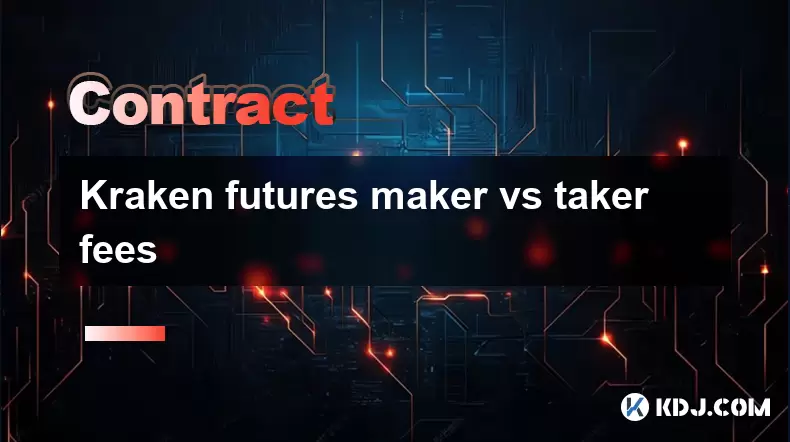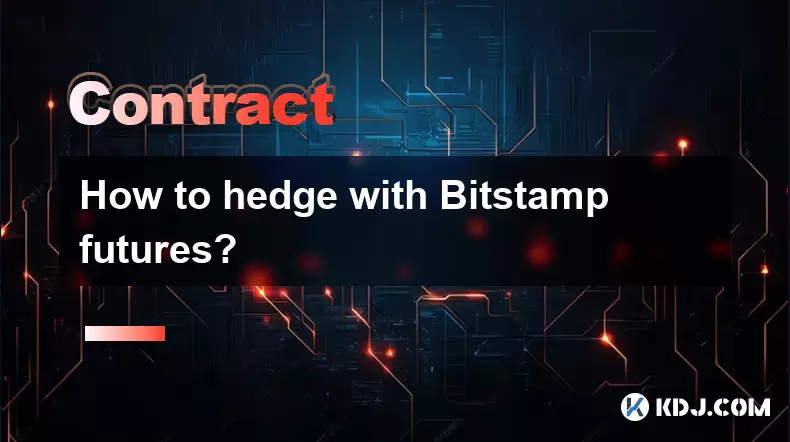-
 Bitcoin
Bitcoin $118800
1.58% -
 Ethereum
Ethereum $3746
0.77% -
 XRP
XRP $3.504
0.58% -
 Tether USDt
Tether USDt $1.000
0.01% -
 BNB
BNB $795.9
5.17% -
 Solana
Solana $202.3
1.89% -
 USDC
USDC $0.0000
0.02% -
 Dogecoin
Dogecoin $0.2660
0.42% -
 Cardano
Cardano $0.8851
0.64% -
 TRON
TRON $0.3168
2.24% -
 Hyperliquid
Hyperliquid $45.60
3.36% -
 Stellar
Stellar $0.4696
2.37% -
 Sui
Sui $3.964
0.86% -
 Chainlink
Chainlink $19.55
0.72% -
 Hedera
Hedera $0.2711
1.51% -
 Avalanche
Avalanche $25.71
0.02% -
 Bitcoin Cash
Bitcoin Cash $526.7
1.89% -
 Litecoin
Litecoin $120.5
4.40% -
 Shiba Inu
Shiba Inu $0.00001524
0.31% -
 UNUS SED LEO
UNUS SED LEO $8.994
0.01% -
 Toncoin
Toncoin $3.290
0.71% -
 Polkadot
Polkadot $4.498
2.49% -
 Uniswap
Uniswap $10.74
1.57% -
 Ethena USDe
Ethena USDe $1.001
0.01% -
 Monero
Monero $324.0
2.53% -
 Pepe
Pepe $0.00001410
0.25% -
 Bitget Token
Bitget Token $4.825
-0.16% -
 Dai
Dai $0.9999
0.01% -
 Aave
Aave $307.9
-2.13% -
 Bittensor
Bittensor $447.8
1.32%
Kraken futures maker vs taker fees
Kraken Futures offers negative maker fees (e.g., -0.02% on BTC/USD) to reward liquidity providers, while takers pay 0.07%, making it cost-effective for strategic traders.
Jul 23, 2025 at 03:00 am

Understanding Kraken Futures Fees Structure
Kraken Futures, a popular platform for trading crypto derivatives, operates on a maker-taker fee model. This means that fees depend on whether your order adds liquidity (maker) or removes it (taker). Traders must grasp this distinction to optimize trading costs. When you place a limit order that doesn’t execute immediately — sitting on the order book until matched — you are a maker. If you place a market order or a limit order that fills instantly against an existing order, you are a taker.
Current Kraken Futures Maker Fees
As of the latest fee schedule, Kraken offers negative maker fees for certain trading pairs, meaning you get paid to provide liquidity. For example, on BTC/USD futures, Kraken charges a -0.02% maker fee, effectively rewarding traders with 0.02% of the trade value. This applies to volume tiers starting from 0 to 25 BTC in 30-day trading volume. Higher volume tiers can reduce or increase this fee slightly depending on your VIP level.
- Navigate to Kraken Futures dashboard
- Click “Fees” in the top menu
- Select “Futures” tab
- Locate “Maker Fees” table
- Confirm fee percentage for your specific pair and volume tier
This structure encourages market-making activity, which enhances order book depth and reduces slippage for all users.
Current Kraken Futures Taker Fees
Taker fees on Kraken Futures are higher than maker fees because takers remove liquidity. For BTC/USD futures, the standard taker fee is 0.07% for users in the base volume tier (0–25 BTC traded in 30 days). This fee decreases as your 30-day trading volume increases. - Go to Kraken Futures interface
- Open the “Fees” section
- Switch to “Taker Fees” table
- Match your 30-day volume to the correct tier
- Verify the exact taker fee for your selected pair
Unlike maker fees, taker fees are always positive — you pay them regardless of market conditions. Traders who frequently use market orders should be aware of this cost difference.
How to Check Your Fee Tier on Kraken
Kraken adjusts fees based on 30-day rolling volume. To see your current tier: - Log into your Kraken account
- Go to “Account” > “Fees”
- Select “Futures”
- View both maker and taker fee tables with your volume highlighted
- Ensure your futures trading volume is displayed correctly
Your tier determines whether you receive -0.02% as a maker or pay 0.07% as a taker. Volume is calculated across all futures pairs, so consistent trading across multiple assets can help you reach higher tiers faster.
Strategies to Minimize Fees on Kraken Futures
To reduce costs, traders often adjust order types. If you want to avoid taker fees: - Place limit orders instead of market orders
- Set your price slightly away from the current bid/ask to avoid immediate execution
- Monitor order book depth to ensure your order will likely remain unfilled
- Use time-in-force settings like “Good Til Cancelled” (GTC) to keep orders active
For high-frequency traders, even small fee differences compound. A consistent maker strategy can turn fees into a revenue stream, especially with Kraken’s negative maker fees. Always double-check your order type before submitting — a single market order could shift your entire trade from a maker to a taker.
Differences Between Spot and Futures Fees on Kraken
Kraken separates spot and futures fee structures. Spot trading uses a different maker-taker model, typically with lower taker fees but no negative maker fees. Futures, however, offer -0.02% maker fees — a feature not available in spot markets. - Spot: Maker fees start at 0.16%, taker at 0.26% (non-VIP)
- Futures: Maker fees as low as -0.02%, taker at 0.07%
This makes Kraken Futures particularly attractive for professional traders focused on liquidity provision. Always verify the correct fee schedule based on the product you're using — mixing up spot and futures can lead to unexpected costs.
FAQs
Q: Can I switch from taker to maker during the same trade on Kraken Futures?
No. Once an order executes, its role is fixed. If your limit order fills instantly upon placement, it becomes a taker. If it sits on the book, it’s a maker. You cannot change this after execution.Q: Do Kraken Futures fees apply to both long and short positions?
Yes. Fees are based solely on order type (maker/taker), not position direction. Whether you go long or short, the maker fee of -0.02% or taker fee of 0.07% applies equally.Q: Are there any hidden fees on Kraken Futures beyond maker and taker?
No. Kraken discloses all fees publicly. There are no deposit, withdrawal, or funding rate fees tied to maker/taker status. Always review the full fee schedule for any updates.Q: How often does Kraken update futures fees?
Kraken may adjust fees quarterly or during major market shifts. Check the “Fees” page regularly. Changes are announced via blog posts and in-app notifications — never assume your current tier is permanent.
Disclaimer:info@kdj.com
The information provided is not trading advice. kdj.com does not assume any responsibility for any investments made based on the information provided in this article. Cryptocurrencies are highly volatile and it is highly recommended that you invest with caution after thorough research!
If you believe that the content used on this website infringes your copyright, please contact us immediately (info@kdj.com) and we will delete it promptly.
- Arca, PENDLE, and Kraken: Navigating DeFi's Institutional Currents
- 2025-07-23 11:10:11
- Bitcoin Betting, Small Investors, and the Specter of Dollar Collapse: A New Yorker's Take
- 2025-07-23 08:50:11
- Altcoins, Binance Futures, and Bitcoin Rotation: Catching the Crypto Wave
- 2025-07-23 09:10:11
- Dianne Smith, a Spanish Doubloon, and JM Mason: A Pike County Tale
- 2025-07-23 08:30:13
- Bitcoin, Investor, and Computer Blunders: A $95 Million Lesson
- 2025-07-23 09:30:12
- Bitcoin Bulls Eye $115,000, Poised for a $120,000+ Breakout?
- 2025-07-23 08:50:11
Related knowledge

Why is my Bitstamp futures position being liquidated?
Jul 23,2025 at 11:08am
Understanding Futures Liquidation on BitstampFutures trading on Bitstamp involves borrowing funds to open leveraged positions, which amplifies both po...

How to find your Bitstamp futures trade history?
Jul 23,2025 at 08:07am
Understanding Bitstamp and Futures Trading AvailabilityAs of the current state of Bitstamp’s service offerings, it is critical to clarify that Bitstam...

How to trade ETH perpetuals on Bitstamp?
Jul 23,2025 at 03:28am
Understanding ETH Perpetual ContractsETH perpetual contracts are derivative products that allow traders to speculate on the price of Ethereum without ...

How to hedge with Bitstamp futures?
Jul 23,2025 at 02:00am
Understanding Bitstamp Futures ContractsBitstamp futures are financial derivatives that allow traders to speculate on or hedge against the future pric...

What happens during a Bitstamp margin call?
Jul 23,2025 at 07:42am
Understanding Bitstamp Margin CallsA Bitstamp margin call occurs when the value of a trader’s equity in a margin position falls below the required mai...

What is maintenance margin on Bitstamp?
Jul 23,2025 at 10:08am
Understanding Maintenance Margin on BitstampMaintenance margin on Bitstamp refers to the minimum amount of equity that must be maintained in your marg...

Why is my Bitstamp futures position being liquidated?
Jul 23,2025 at 11:08am
Understanding Futures Liquidation on BitstampFutures trading on Bitstamp involves borrowing funds to open leveraged positions, which amplifies both po...

How to find your Bitstamp futures trade history?
Jul 23,2025 at 08:07am
Understanding Bitstamp and Futures Trading AvailabilityAs of the current state of Bitstamp’s service offerings, it is critical to clarify that Bitstam...

How to trade ETH perpetuals on Bitstamp?
Jul 23,2025 at 03:28am
Understanding ETH Perpetual ContractsETH perpetual contracts are derivative products that allow traders to speculate on the price of Ethereum without ...

How to hedge with Bitstamp futures?
Jul 23,2025 at 02:00am
Understanding Bitstamp Futures ContractsBitstamp futures are financial derivatives that allow traders to speculate on or hedge against the future pric...

What happens during a Bitstamp margin call?
Jul 23,2025 at 07:42am
Understanding Bitstamp Margin CallsA Bitstamp margin call occurs when the value of a trader’s equity in a margin position falls below the required mai...

What is maintenance margin on Bitstamp?
Jul 23,2025 at 10:08am
Understanding Maintenance Margin on BitstampMaintenance margin on Bitstamp refers to the minimum amount of equity that must be maintained in your marg...
See all articles

























































































